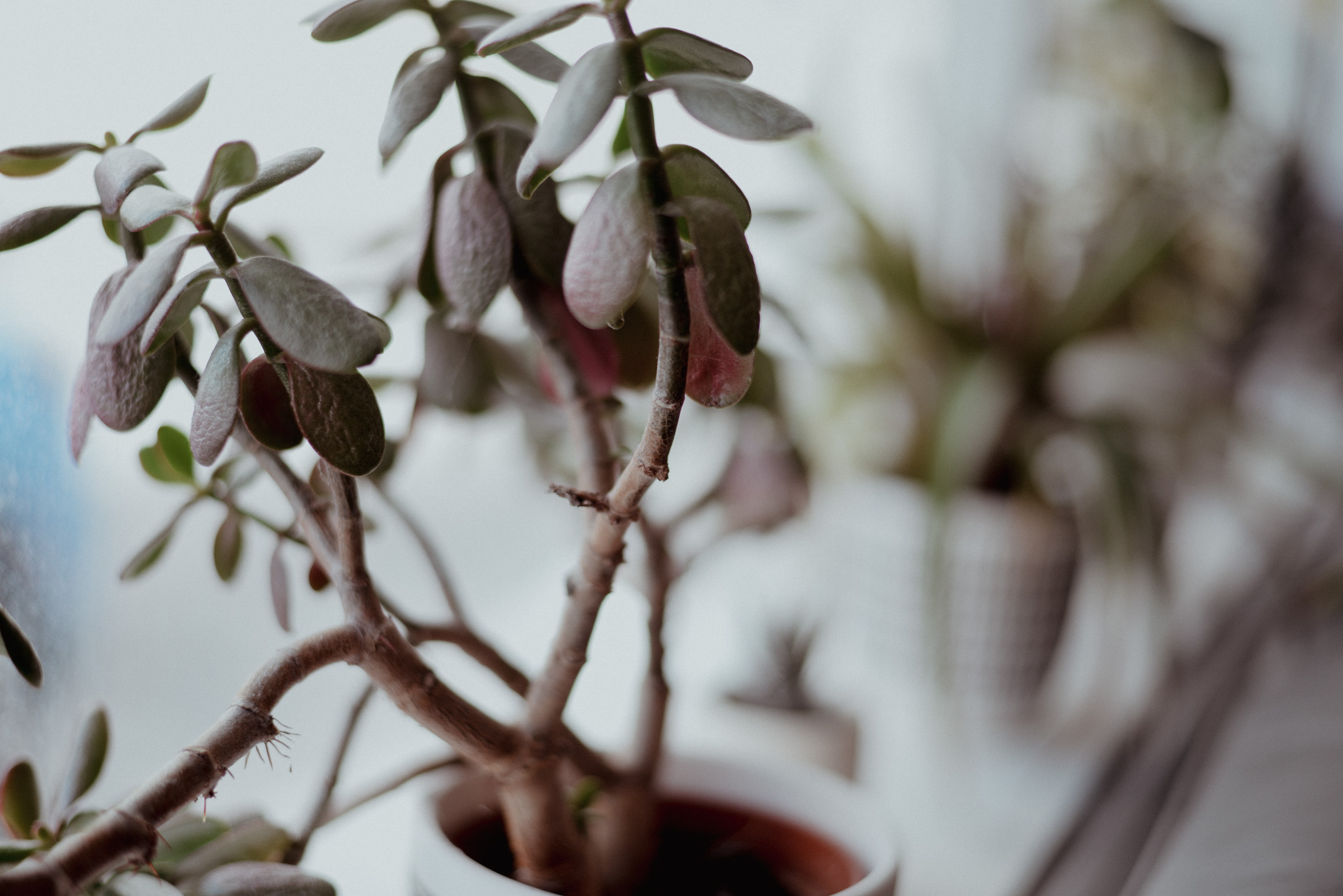
Same Roots, Different Branches: How Brand Consistency Keeps Multi-Concept Businesses Cohesive
When you run more than one concept, brand consistency isn’t a cute “maybe-someday” project—it’s the scaffolding that keeps the whole structure from tipping into chaos. We’ve seen it firsthand with our café squad (Lil’s, The Islander, June’s, Stella’s, Henry’s) and our after-dark trio (The Wilder, The Dram, Anju). Each spot has its own personality—crullers at dawn, ramen at midnight—but they all hum the same tune because the backbone is rock-solid and shared.
Step 1: Nail the Core DNA
Each of these brands stands on its own—but none stands alone.
Lil’s was built on sticky fingers and good coffee, named for longtime Kittery legend Lilian Mangos. The minute you bite into that cruller, you know you’re in their world.
The Islander pipes in fresh pastries from Lil’s every morning, so the aroma, product quality, and even that cheeky “we-got-you” greeting feels instantly familiar—even though you’re across the bridge in New Castle.
Over in the nighttime camp, The Wilder, The Dram, and Anju each bring something different to the table—but they draw from the same creative source material.
The Wilder is your cocktail-forward, velvet-booth main character moment—lush, moody, and a little mischievous.
The Dram is your neighborhood speakeasy’s grown-up sibling—refined but not uptight, with a well-read bar menu and just enough swagger.
Anju throws down flavor bombs in the form of Korean-inspired street food, ramen, and small plates that beg to be shared (or hoarded).
What unites them? Design, tone, texture—and a shared belief in doing hospitality differently. Each location gives you a distinct vibe, but it’s clear the same people are steering the ship.
Step 2: Build a Flexible Design System—Then Guard It Like a Junkyard Dog
Across all brands, we build and enforce a modular design system so each identity can express itself without breaking formation:
Logo structure. The Wilder, Anju, and The Dram all use type-driven marks that sit confidently in a square or vertical layout. The letterforms are distinct, but the scale and balance create continuity.
Palette family. Wilder skews deep jewel tones. The Dram plays in low-lit neutrals. Anju adds a little neon heat—but no one strays too far from the master palette.
Typography. Anju is the boldest, but you’ll still see echoes of Wilder’s serif sophistication and Dram’s minimalism in the details.
You won’t mistake one for the other—but you’ll know they’re related.
Step 3: Let Tone of Voice Do the Heavy Lifting
Brand voice is the quickest way to build a subconscious connection between brands.
The Wilder: Elegant mischief. Confident. Slightly literary.
The Dram: Cool cousin energy. Clever. Understated.
Anju: Streetwise and hungry. Fast, loud, and unapologetic.
All three use brevity, wit, and a shared cadence to create cohesion. Whether you’re reading a menu, a cocktail card, or an Instagram post, you’re getting the same sharp editorial muscle, just styled to fit the space.
Step 4: Photograph Like You Mean It
Consistency doesn’t just live in logos and tone—it shows up in the photos, too. And when you’re working with a family of brands that spans breakfast to last call, it’s the photography that often ties it all together.
From the glossy, deep-fried spirals of Lil’s famous crullers to the stacked Sammies at June’s and Stella’s, the shot always tells the story: natural light, clean framing, minimal interference. We let the food do the talking—and it usually yells “come eat me.”
The Wilder’s cocktails get the same reverence: shot low and moody, against backdrops that hint at the lush velvet and dark wood of the space itself. You can almost hear the clink of ice just looking at them.
And over at The Dram, it’s all about energy and atmosphere. We’ve photographed glasses mid-pour, napkins scribbled with menu notes, that perfect golden-hour backbar moment. The vibe is the visual.
Every shoot—every brand—sticks to a shared visual code: real light, real people, real appetites. So whether it’s a sandwich or a sazerac, you know exactly who made it and why you want it.
Step 5: Consistency Pays—Literally
Need a hard-number reason? Brands that show up the same way everywhere see revenue bumps of up to 23 percent.
It’s not about being matchy-matchy—it’s about building trust. Guests who recognize your design, voice, and service ethos are more likely to come back, try your other spots, and drag their friends along.
We’ve seen this in action: someone who starts at The Islander is way more likely to wander into Stella’s or June’s. A Wilder regular will feel instantly at home sipping a negroni at The Dram. The brands work together, not against each other.
Step 6: Document Everything, Then Train the Team
From design guides to social media playbooks, every brand gets its own rulebook built on the same framework.
We provide insight into voice, photography, color usage, and even how to respond in DMs. Because whether you’re slinging ramen or pouring a paper plane, it should feel like part of the same brand family—even if the mood lighting is a little different.
The Takeaway
Running multiple brands without a unified backbone is like herding caffeinated cats in a hailstorm. Get the DNA right, bake it into a flexible system, and enforce it with the ferocity of a trademark lawyer on espresso. Do it well and you get seven unique experiences that feel like chapters from the same book—and a healthier bottom line to boot.
Ready to make your brand family play nice? Let’s talk—we’ll bring the gridlines and the grit.



